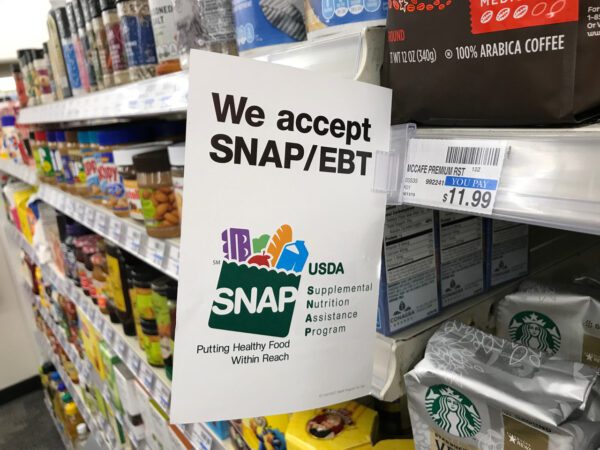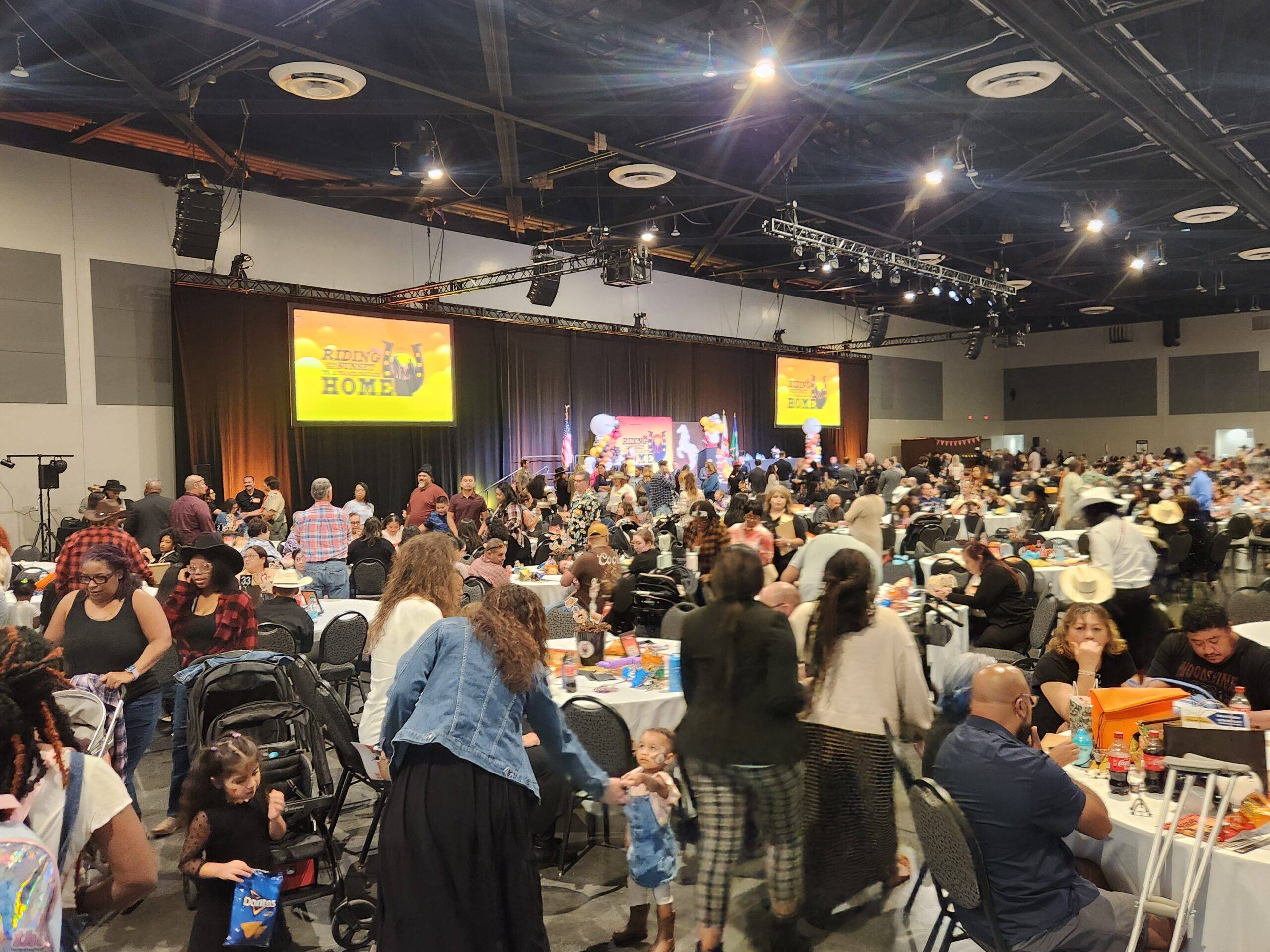Two federal judges have ordered the Trump administration to release emergency funds to keep the Supplemental Nutrition Assistance Program (SNAP) afloat — but only temporarily. The rulings, issued Friday, October 31, require the U.S. Department of Agriculture (USDA) to tap into $5.3 billion in contingency reserves to partially cover food stamp benefits for tens of millions of Americans in November.
The decisions come amid an ongoing government shutdown that has threatened food assistance for nearly 42 million people nationwide. Because the contingency fund falls short of SNAP’s roughly $9 billion monthly cost, advocates warn the relief will be limited and short-lived.
In California, where nearly 5.4 million people — or 13.7% of the population — rely on CalFresh, the state’s version of SNAP, the uncertainty is hitting hard. State officials have forwarded $80 million to food banks and deployed the National Guard to assist at distribution centers. San Francisco has also allocated $9 million in contingency funds to help launch a public-private partnership that will provide prepaid grocery cards to CalFresh recipients. Still, leaders acknowledge these measures will “only scratch the surface” of what’s needed.
“This is the first time in history that policymakers have failed to fund the SNAP program,” said Jamie Bussel, a senior program officer with the Robert Wood Johnson Foundation. “People’s lives and livelihoods are not political pawns. A family’s ability to afford food is not a bargaining chip.”
During a webinar on Oct. 31 hosted by American Community Media, advocates and experts discussed the ripple effects of the cuts and the patchwork of local and state efforts to fill the gap.
SNAP participants represent every racial and ethnic group nationwide: more than 35% are White, nearly 26% are African American, about 16% are Hispanic, 4% are Asian, and around 1% are Native American. 17%
of participants are listed as “race unknown.” In California, where food insecurity already exceeds the national average, the potential fallout is especially severe.
“We’re talking about basic needs — not extras,” said Gina Plata-Nino, deputy director for SNAP at the Food Research & Action Center. “When you take away food benefits, you take away the foundation families rely on to stay housed, stay employed, and stay healthy.”
That instability is already visible at the local level. Eric Vadera, executive director of Family Connections in San Mateo County, said families are grappling with rising costs and growing fear.
“In San Mateo County, the median household income exceeds $150,000,” Vadera said. “But for the families we serve, the gap between what they earn and what they need to survive is incredibly vast. Childcare alone can cost $20,000 to $30,000 a year. As you can imagine, we’ve seen a rise in fear, anxiety, and toxic stress among the caregivers we serve. That’s being driven by uncertainty around benefits, housing, and immigration policies.”
California is among 25 states that filed lawsuits to force the release of federal food assistance funds. The judges’ rulings rejected the USDA’s claim that it could not legally access the contingency reserves, a position that would have left millions without aid as the shutdown enters its second month.
Still, with the emergency funds covering only part of November’s benefits, families and advocates say the future remains uncertain. Speakers at the web conference urged both immediate local action — including emergency state funds, food distributions, and private donations — and federal intervention to stabilize the program long term.
“In the wealthiest nation on earth,” Bussel said, “adequate food and good health should not be privileges for a few, but rights for all.”






